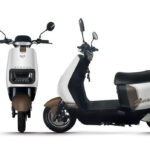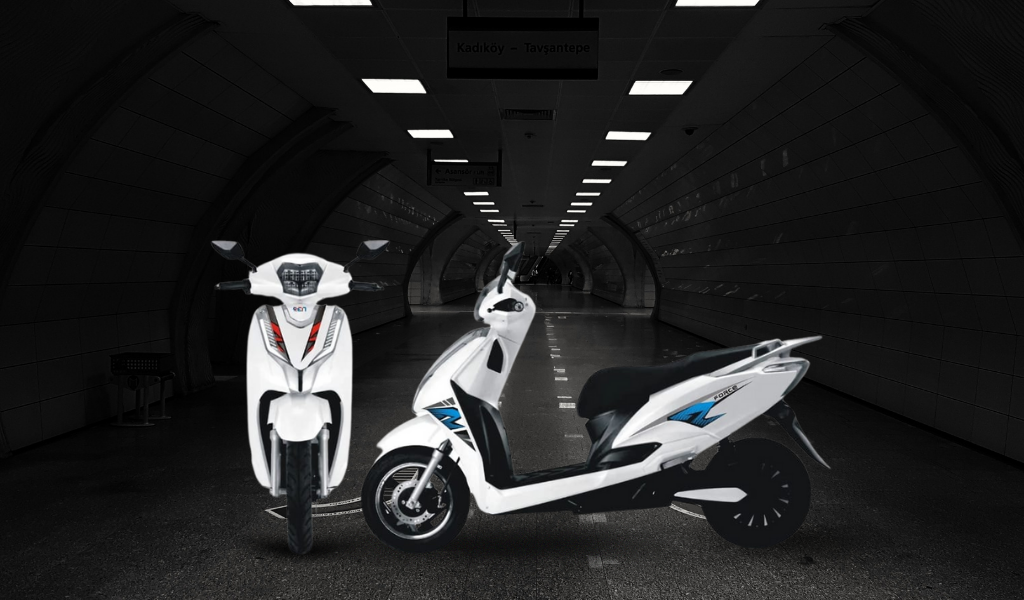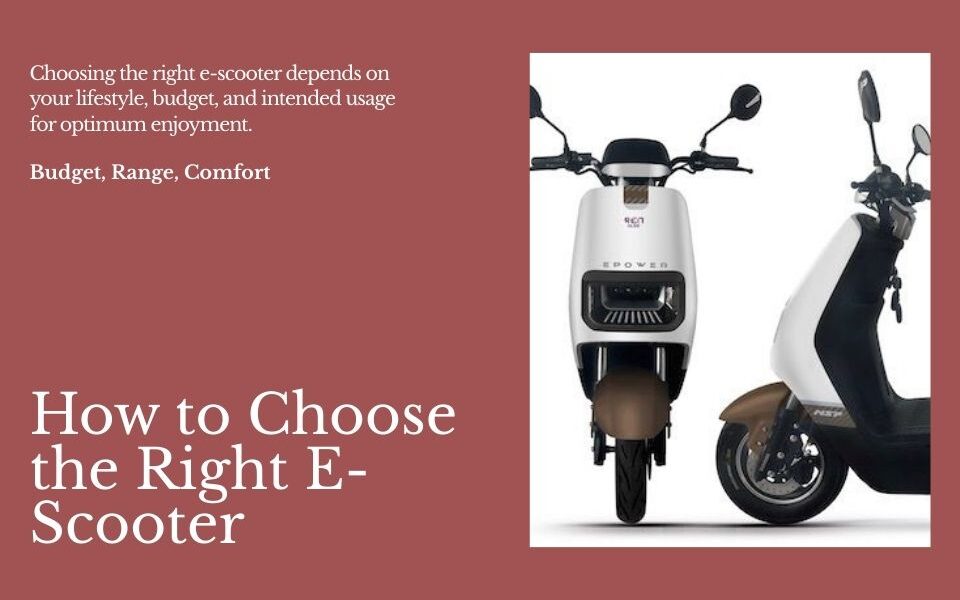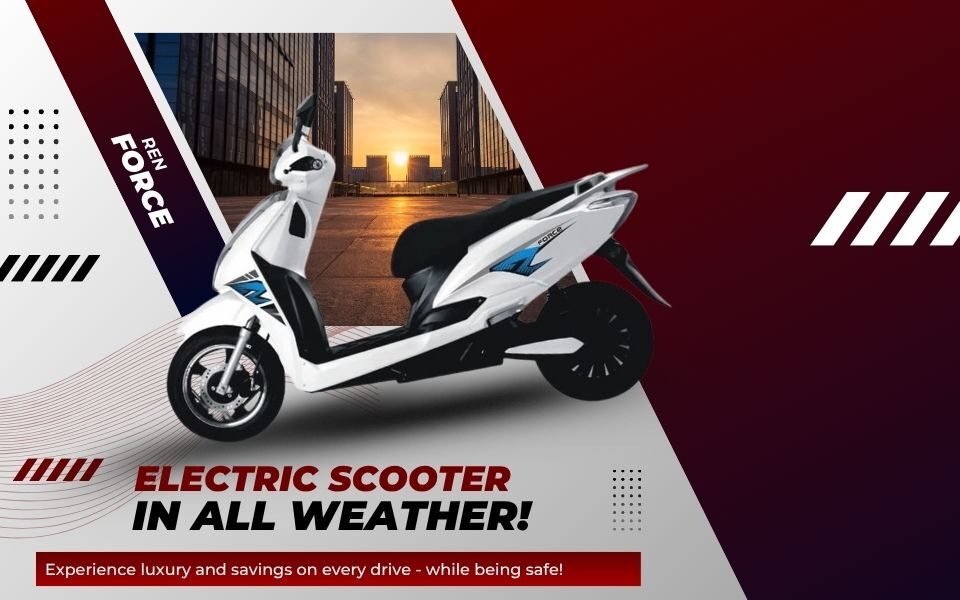
Common Problems with E-Scooters and How to Fix Them
May 23, 2025
The Electric Scooter Survival Kit: 12 Essentials to Carry for Every Ride
June 13, 2025Understanding Your Electric Scooter Battery
Your electric scooter’s performance hinges significantly on the quality and type of battery it employs. Most modern electric scooters utilize lithium-ion batteries due to their high energy density, lightweight design, and efficient charging capabilities. These batteries consist of multiple cells contained within a protective enclosure, which contributes to their ability to hold substantial electrical energy while remaining portable. Understanding how these batteries work is vital for optimizing your scooter’s performance and lifespan.
Battery capacity, measured in ampere-hours (Ah) or watt-hours (Wh), indicates how much energy a battery can store and subsequently deliver. A higher capacity typically translates into longer ride times, but it is essential to balance capacity with weight and scooter design. The range of an electric scooter is inherently linked to its battery capacity, as more energy storage allows for longer distances before recharging is required. Riders should consider their typical usage patterns when selecting a scooter to ensure the battery aligns with their expectations.
The lifespan of an electric scooter battery is equally important. The number of charge cycles, which refers to the complete discharge and recharge of the battery, greatly affects its longevity. Battery chemistry can degrade over time due to various factors, including temperature, charging habits, and usage intensity. Recognizing terminologies such as “depth of discharge” (DoD) and “state of charge” (SoC) will enhance your understanding of battery care practices. By aiming for a DoD of 20–80%, riders can prolong the battery’s life significantly, allowing for extended periods before replacement. Understanding these principles not only equips scooter owners with the knowledge to maintain their devices but also improves the overall riding experience.
Charging Best Practices
Proper charging habits are crucial for maintaining the health and performance of your electric scooter battery. Following a few best practices can greatly enhance the longevity and efficiency of your escooter. First and foremost, it is advisable to charge your electric scooter before the battery is fully depleted. Lithium-ion batteries, commonly used in electric scooters, tend to lose capacity more rapidly when consistently allowed to discharge completely. Aim to recharge your battery when it reaches about 20-30% of its remaining capacity. This practice helps to maintain a healthy battery cycle.
Another important aspect to consider is the use of the correct charger. Always utilize the charger that is recommended by the manufacturer of your electric scooter. Charging with an incompatible charger can lead to inefficient charging, overheating, or even irreversible damage to the battery. Therefore, it is prudent to follow this guideline to ensure the optimal operation of your electric scooter battery.
Additionally, avoid overcharging the battery. Many modern electric scooter chargers come with built-in protections to prevent this, but it is still a good idea to unplug the charger once the battery is fully charged. Overcharging can lead to excessive heat buildup, which can degrade battery performance over time. Moreover, temperature significantly affects battery performance; extreme temperatures can have adverse effects on the battery. For instance, charging in very cold or very hot conditions may compromise its ability to reach full capacity. Maintaining a moderate environment is key to enhancing battery efficiency.
By adopting these charging best practices, you will not only extend the lifespan of your electric scooter battery but also improve its overall performance. Managing how and when you charge can contribute greatly to maximizing your escooter experience.
Maintenance Tips for Longevity
Proper maintenance is crucial for the longevity of your electric scooter’s battery. Regular upkeep not only ensures optimal performance but also extends the overall lifespan of the e-scooter. One essential practice is the regular cleaning of the battery connectors. Dust and grime can accumulate over time and impede electrical connections. Utilize a soft cloth or a brush to gently clean the connectors and remove any obstructions that may affect battery performance.
Temperature plays a significant role in the health of an electric scooter battery. Keeping the battery within an optimal temperature range, typically between 20°C and 25°C (68°F and 77°F), helps in maintaining its efficiency. Exposure to extreme heat or cold can accelerate wear and tear, leading to a reduced range and shorter life cycle. Therefore, ensuring your e-scooter is parked in a shaded or temperature-controlled environment when not in use is advisable.
When storing the electric scooter for extended periods, it is imperative to ensure the battery is charged to approximately 50-70%. This practice helps prevent deep discharge, which can damage the battery cells over time. Additionally, store the scooter in a dry location, as excessive moisture can harm the battery components. By following these storage tips, you can mitigate risks associated with long-term inactivity.
Periodic battery checks are also an essential component of battery maintenance. Inspections should focus on identifying any visible signs of wear, such as bulging or corrosion. If you notice any irregularities, it is prudent to consult a professional for further diagnostics or replacements. By implementing these maintenance tips, you can significantly enhance your electric scooter’s battery performance and longevity, ensuring it remains a reliable mode of transportation for years to come.
Driving Techniques to Preserve Battery Life
Maximizing the battery efficiency of your electric scooter is crucial for an extended and enjoyable riding experience. Implementing effective driving techniques can significantly enhance battery life and performance. One of the foremost strategies is to focus on smooth acceleration and braking. Rapid starts and abrupt stops can deplete the battery more quickly than a gentle, controlled approach. When accelerating, gradually increase your speed rather than pushing the throttle to its maximum; this reduction in intensity aids in conserving battery energy.
Another important consideration is to avoid steep inclines whenever possible. Electric scooters are designed to handle moderate hills, but navigating extremely steep slopes requires more energy, resulting in accelerated battery drain. If you find yourself on a hill, consider dismounting and walking the scooter, especially if you are facing a long uphill endeavor. Similarly, maintaining a consistent speed can enhance battery efficiency. Frequently shifting between high speeds and slow movement can put additional strain on the motor and, consequently, the battery.
Rider weight and the cargo carried also play a significant role in battery performance. Heavier loads require more power from the electric scooter, meaning that distributing weight evenly and minimizing unnecessary cargo can contribute positively to battery longevity. Additionally, if you regularly carry items, consider investing in lightweight alternatives that fulfill your needs without excessively taxing the scooter’s power supply.
Ultimately, by adopting these insightful driving techniques, you can ensure that your electric scooter maintains optimal battery performance, allowing for longer rides and reduced frequency of charging. Embracing mindful riding habits will go a long way in extending the lifespan of your escooter’s battery, making each journey both efficient and enjoyable.




